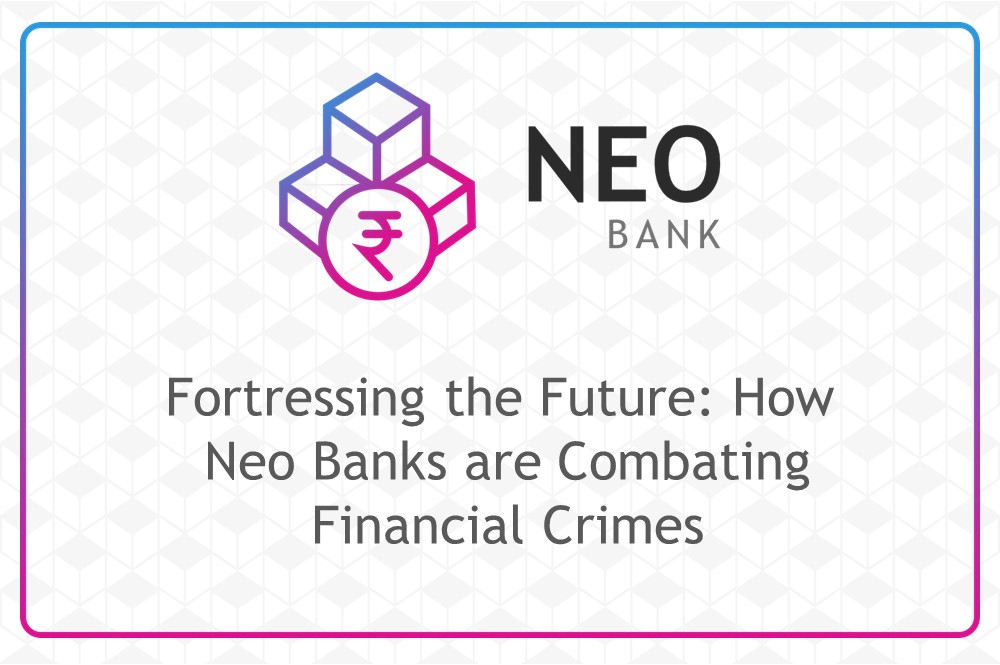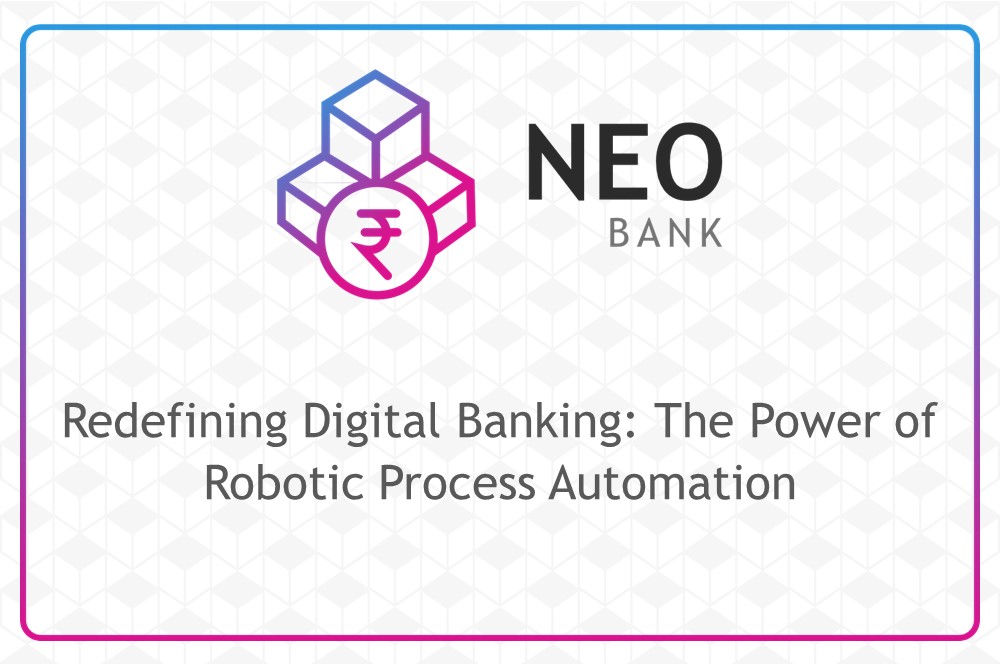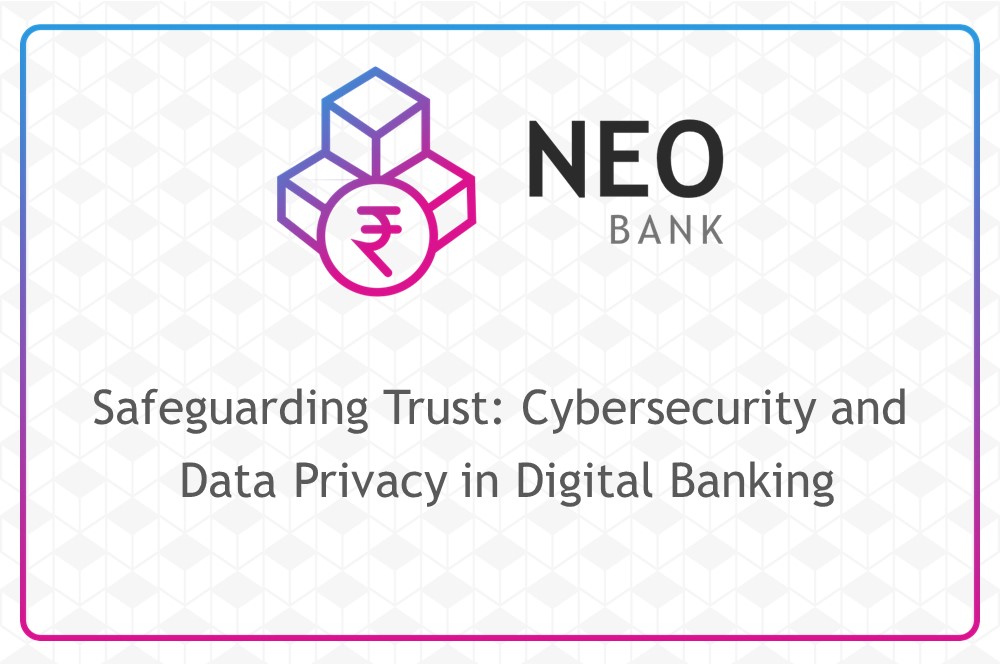Fortressing the Future: How Neo Banks are Combating Financial Crimes
Apr 22, 2025 - 3 MINS READ

Fortressing the Future: How Neo Banks are Combating Financial Crimes
Neo banks, the digital-first financial institutions, have revolutionized banking with their focus on speed, convenience, and a user-friendly experience. However, this emphasis on efficiency can sometimes come at a cost – increased vulnerability to financial crimes. Fraudsters are constantly evolving their tactics, targeting both traditional banks and the growing neo banking sector.
Here, we'll explore the challenges neo banks face in combating financial crime and the innovative strategies they're deploying to build a secure future for digital banking.
Why Neo Banks are Susceptible to Fraud
While neo banks offer numerous advantages, their digital nature and streamlined onboarding processes can make them more susceptible to certain types of financial crimes compared to traditional banks. Here's why:
-
Prioritizing Convenience: Neo banks often streamline user experience, which can sometimes come at the expense of stricter verification procedures. This can make them attractive targets for fraudsters seeking to open accounts with stolen identities.
-
Limited Physical Presence: The lack of physical branches can make it more challenging for neo banks to conduct in-person verifications or monitor suspicious activity in real-time.
-
Emerging Technologies: Neo banks often heavily rely on new technologies like artificial intelligence (AI) for fraud detection. While powerful, these systems might still be under development and susceptible to exploitation.
Common Financial Crimes Targeting Neo Banks
Several types of financial crimes pose a significant threat to neo banks:
-
Account Takeover (ATO): Fraudsters attempt to gain access to existing accounts through methods like phishing scams or stolen login credentials. Once in control, they can steal funds or misuse the account for illegal activities.
-
Payment Fraud: This encompasses unauthorized transactions like fraudulent card payments or money laundering schemes.
-
Synthetic Identity Fraud: Criminals create fake identities by combining real and fictional information to open accounts and access financial services.
Building a Fortress: How Neo Banks are Fighting Back
Despite the challenges, neo banks are actively implementing strategies to combat financial crimes:
-
Enhanced Know Your Customer (KYC) and Anti-Money Laundering (AML) Measures: This involves stricter verification procedures for new account holders, including document verification and identity checks. Utilizing multi-factor authentication strengthens the process.
-
Advanced Fraud Detection Systems: Neo banks are utilizing AI and machine learning algorithms to analyze user behavior and identify anomalies that might indicate fraudulent activity. These systems learn and adapt over time, improving detection capabilities.
-
Collaboration with Regulators and Law Enforcement: Building strong relationships with authorities can facilitate information sharing and quicker responses to cybercrime threats. Collective action is crucial in combating sophisticated criminal networks.
-
Customer Education: Empowering users with knowledge about common scams and best practices for securing their accounts is crucial in preventing financial crime. Neo banks can provide educational content and security tips through their apps and communication channels.
Conclusion: A Secure Future for Digital Banking
By prioritizing security measures, working collaboratively with regulators and law enforcement, and educating their users, neo banks can effectively address financial crimes. Continuous innovation in fraud detection technology and building user trust through transparency will be key in building a secure future for digital banking. As both neo banks and traditional institutions adapt, a combined approach that leverages the strengths of each can create a more robust and secure financial landscape for everyone.







